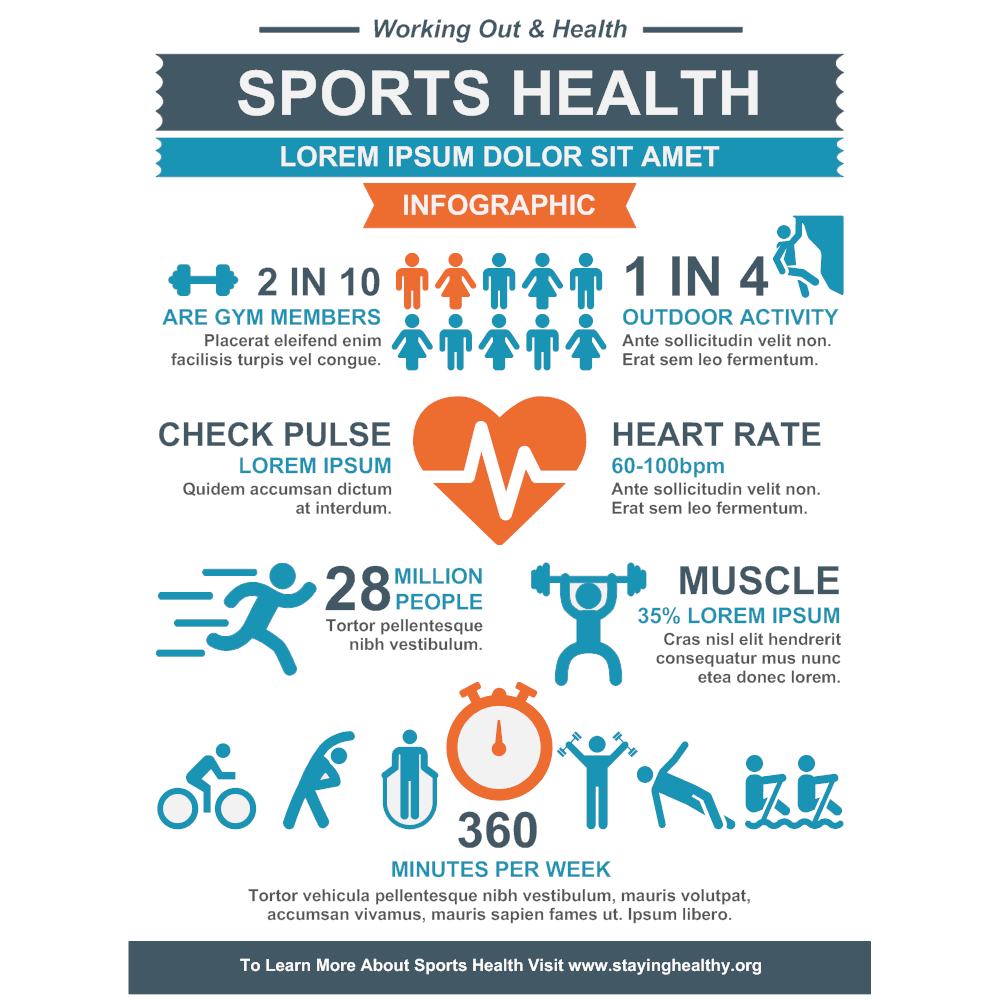Increasing Regional Health Care Via Neighborhood Collaborations And Readily Available Sources Showcases A Progressive Method For Boosting Healthcare Delivery

Written By-Zimmermann Marcussen
When it comes to boosting primary care solutions in your area, tapping into community resources and support is vital. Envision a network of interconnected organizations and groups working together to enhance healthcare accessibility and high quality in your location. From health departments supplying vital data to non-profits offering specialized solutions, each entity contributes to a much healthier community. But just how specifically do these partnerships unfold, and what strategies confirm most effective in leveraging these resources for optimum effect? Let's check out the complex internet of community support and its extensive effects on health care services.
Significance of Community Engagement
Involving with the neighborhood is essential for cultivating a feeling of collaboration and trust fund within neighborhood medical care solutions. By actively involving community participants in decision-making processes, healthcare providers can better comprehend the special needs and difficulties dealt with by the populace they serve. When medical care solutions are created in consultation with the neighborhood, they're more likely to be effective and popular.
Neighborhood interaction likewise plays a vital function in promoting health education and preventative care campaigns. By developing strong partnerships with regional homeowners, healthcare providers can more effectively connect vital wellness information and urge healthy habits within the community. This positive approach helps protect against illnesses and advertises general well-being among area members.
In addition, neighborhood engagement cultivates a sense of ownership and accountability among doctor. When the community is involved in shaping health care solutions, companies are more likely to be receptive to the needs and choices of the population they offer. This collaborative strategy inevitably results in much more patient-centered care and boosted wellness results for the community all at once.
Trick Area Resources
To successfully boost primary care services locally, recognizing and leveraging essential community resources is essential. https://www.globenewswire.com/en/news-release/2023/12/15/2797146/0/en/U-S-Behavioral-Health-Market-Size-Estimated-to-Reach-USD-136-6-Bn-By-2032.html can include local wellness divisions, community university hospital, non-profit organizations, and volunteer teams. Neighborhood health divisions commonly provide useful information, proficiency, and assistance for public health efforts.
Neighborhood health centers supply important clinical services to underserved populaces, adding to overall area health and wellness. Non-profit organizations play a vital role in addressing specific health and wellness requirements, such as mental wellness support or persistent disease administration. Volunteer teams can give additional manpower and support for health-related events or programs.
Colleges and universities are also significant neighborhood resources that can supply health and wellness education and learning programs, study collaborations, and access to student volunteers. Faith-based companies may provide spiritual and emotional support, in addition to resources for area members in need. By collaborating with these key neighborhood resources, primary care service providers can improve access to care, address wellness differences, and enhance overall neighborhood health.
Methods for Collaboration
Take into consideration leveraging existing partnerships and networks within the neighborhood to establish efficient strategies for cooperation. By tapping into recognized links, you can streamline communication and sychronisation between different organizations and people.
Start by identifying https://zenwriting.net/janyce14dorla/start-a-journey-in-the-direction-of-enhanced-health-and-wellness-and-health who share a common passion in boosting medical care services locally. Involve with these stakeholders to produce a common vision and established clear goals for collaboration.
Develop a communication plan that lays out exactly how info will certainly be shared, meetings set up, and progression tracked. Make use of innovation such as shared online systems or team messaging applications to help with very easy communication.
Routinely review the performance of your partnership techniques and be open to making modifications as required.
Developing formal contracts or Memorandums of Recognizing (MOUs) with companion companies can assist clear up duties, duties, and expectations. These agreements can also resolve potential obstacles ahead of time, ensuring a smoother cooperation process.
Verdict
Finally, neighborhood sources and assistance are important for improving health care services in your area.
By involving with crucial stakeholders and teaming up with different organizations, primary care service providers can better satisfy the demands of underserved populaces and advertise area health.
By interacting, we can make sure that every person has access to quality health care and assistance services within their local area.

